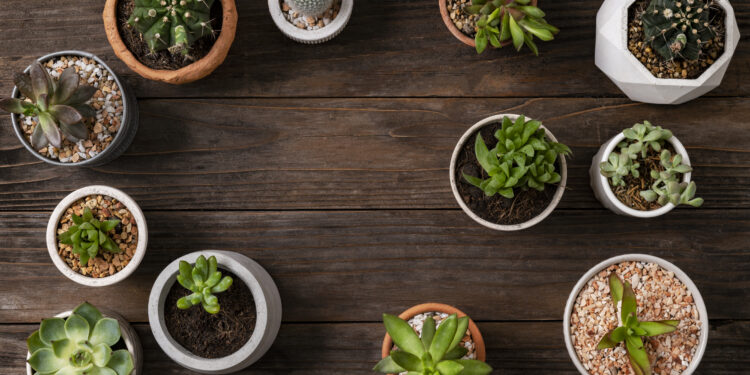First impressions are rarely fair, but they’re always fast. If a potential buyer pulls up to your home and sees flaking paint, a dead hanging basket, and last week’s recycling still on the porch, the showing’s already over. Even if they go inside.
Curb appeal is not about perfection. It’s about control. You control what people see. And what they see controls what they feel.
Luckily, you don’t need a full landscaping crew or a Pinterest-worthy porch to make an impression. You just need a few deliberate upgrades that say: this place is cared for. It’s styled. It’s intentional.
Here are five tweaks that actually work.
1. Swap the Mat, Skip the Message
If your welcome mat says anything other than “welcome,” it’s probably doing too much.
Buyers don’t want to be told to wipe their paws or laugh because it’s wine o’clock. They want a clean entry. Period.
Choose a coir mat in a neutral tone. No writing. No pattern unless it’s geometric and muted. This sets a quiet tone, an almost subconscious cue that the space is mature. That it respects itself.
2. Update the Door Hardware (But Don’t Make It Obvious)
If the doorknob is loose, tarnished, or gold in a bad way, replace it. Matte black is your safest bet. A brushed nickel finish works too, as long as it matches the hinges and mail slot.
No one’s consciously buying a house because the lock looks modern. But everyone feels it when it doesn’t.
3. Container Plants That Don’t Look Like a Hobby
You don’t need to be a gardener. You just need to look like you could be.
Go for hardy, symmetrical plants in matching containers, preferably neutral stone, black, or terracotta. One on either side of the front door. That’s it. Don’t get creative.
Choose something that won’t die in a week. Ornamental grasses, lavender, or small evergreens. Water occasionally. Appear competent.
4. Exterior Light Fixtures That Don’t Belong to 2008
Bad lighting makes a home look tired. Dated sconces above the door? Worse. It’s like eyeliner that hasn’t been removed in days.
Replace them with clean-lined black or brushed metal fixtures. Skip anything lantern-shaped unless your house is an actual 1800s colonial. Also: check the bulbs. Warm light only. No LED cold glare. This isn’t a dentist’s office.
5. One Art Object, Outside
This is where you stage a little identity, but carefully. One object on the porch or stoop that makes buyers feel something, even if they don’t know what.
It could be a sculptural watering can. A piece of abstract weatherproof wall art. A stone bowl. Something minimal. Something that doesn’t need explaining.
Not a bench. Not a chalkboard. Not a fake pumpkin.
Why This Works (Even If It Seems Small)
A buyer’s decision is rarely about logic. It’s a story they tell themselves in the ten seconds after pulling up. Your job is to set the tone for that story before they cross the threshold.
And that’s not just about plants or doormats. It’s about how those pieces contribute to a larger narrative of ease, care, and belonging.
For sellers who want to make the most of these details, working with agents who understand design strategy can help shape the entire experience. Harvey Kalles Real Estate Experts don’t just list homes. They market them with a clear understanding of what buyers notice, even when they don’t realize they’re noticing it.







